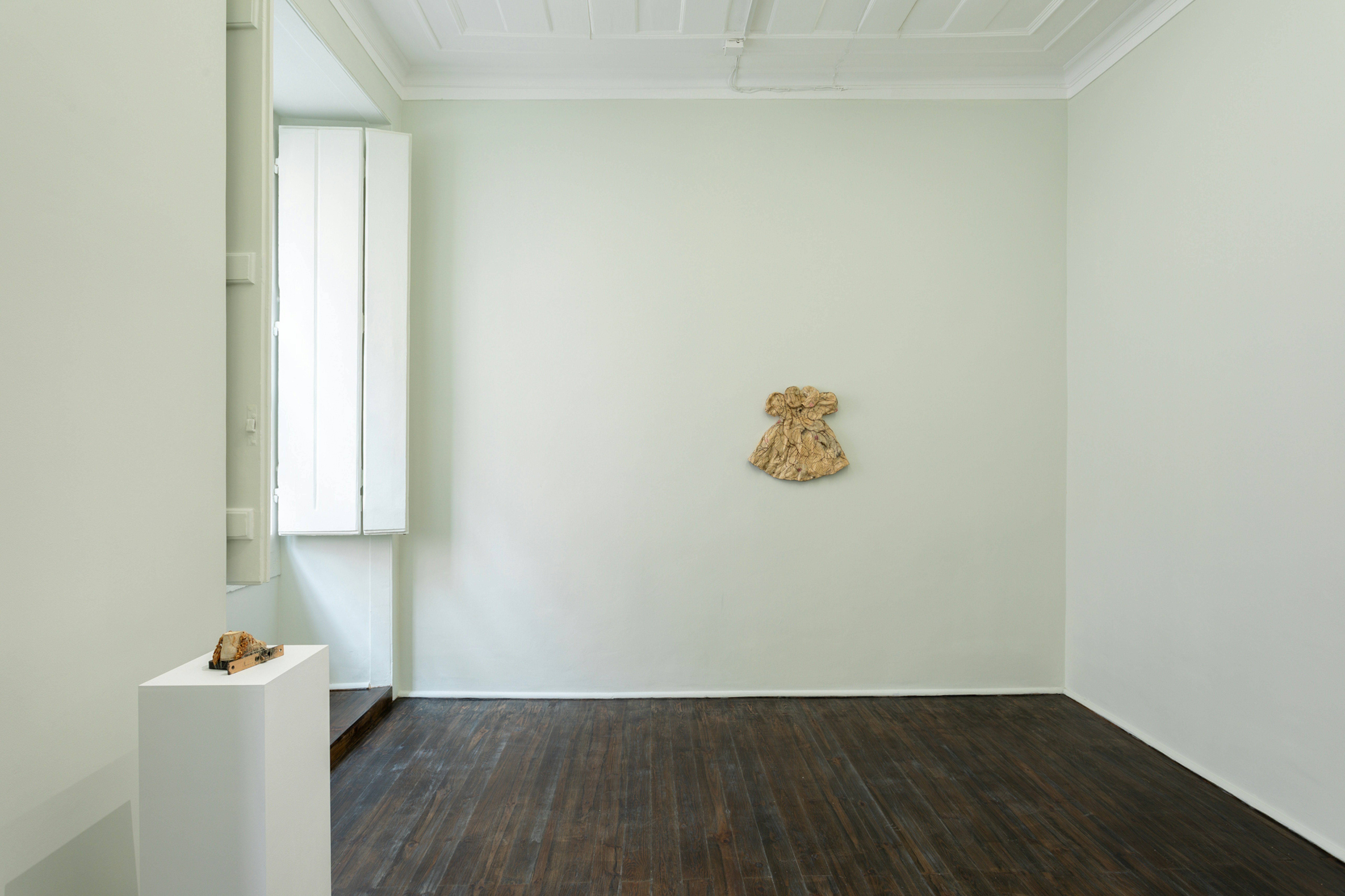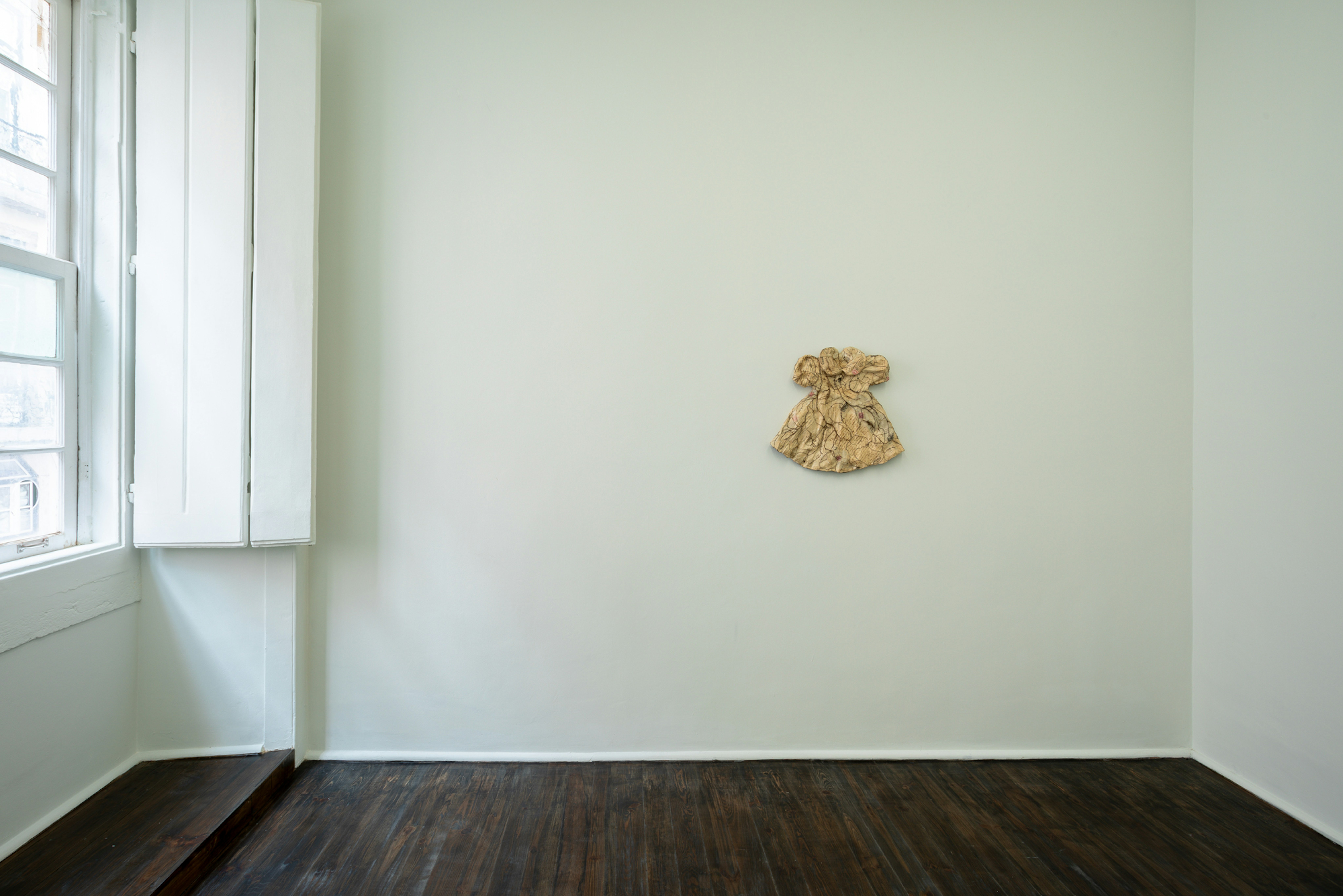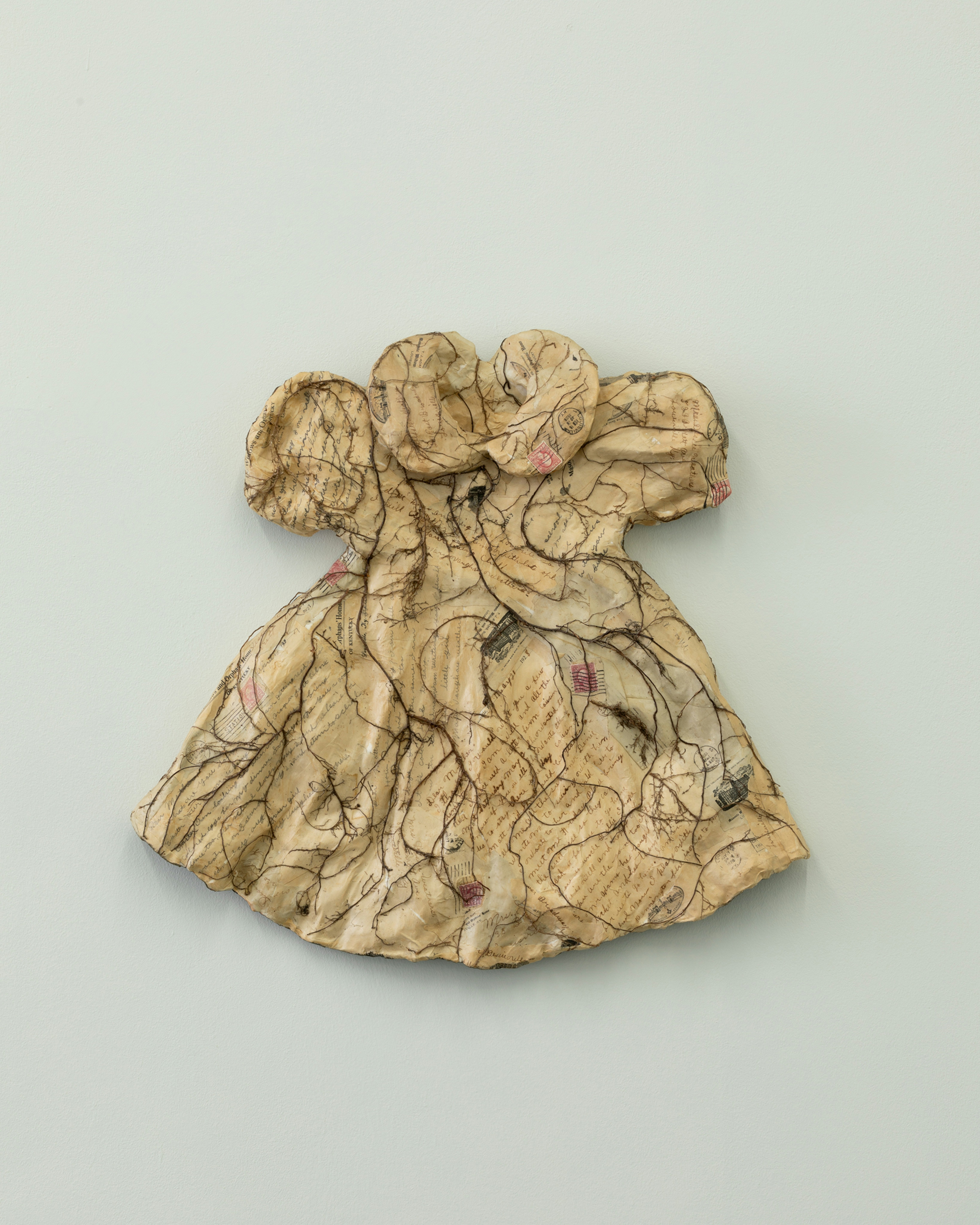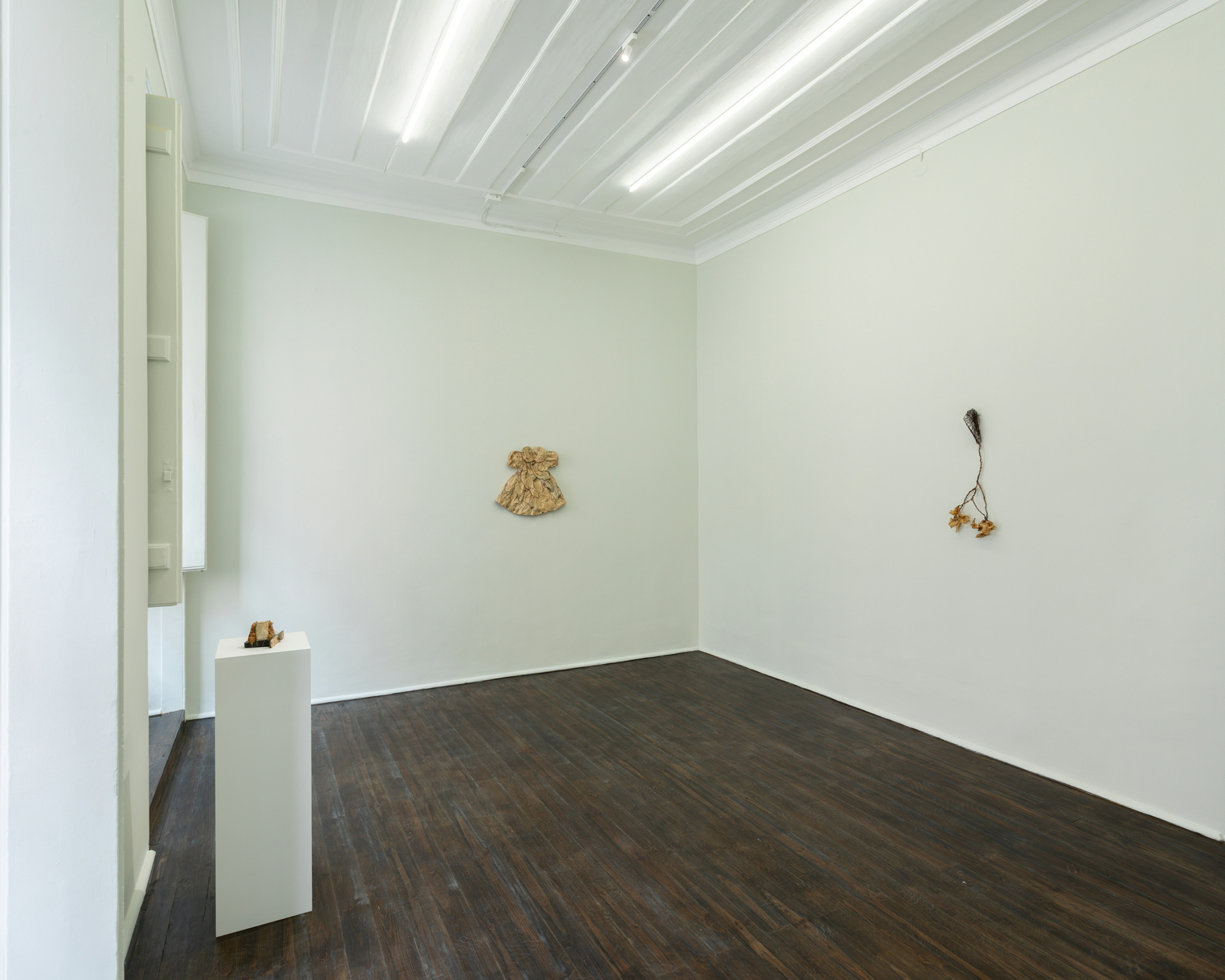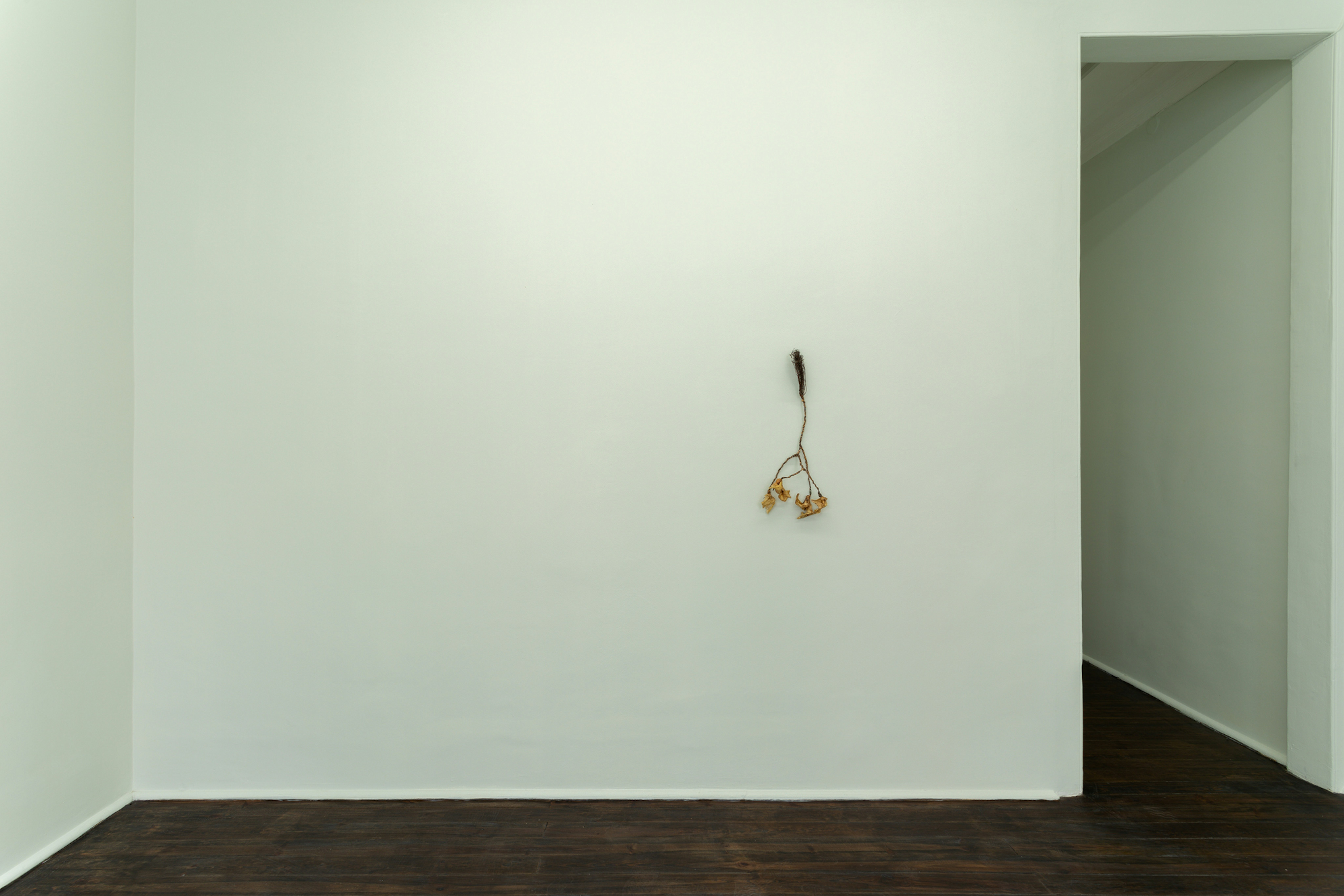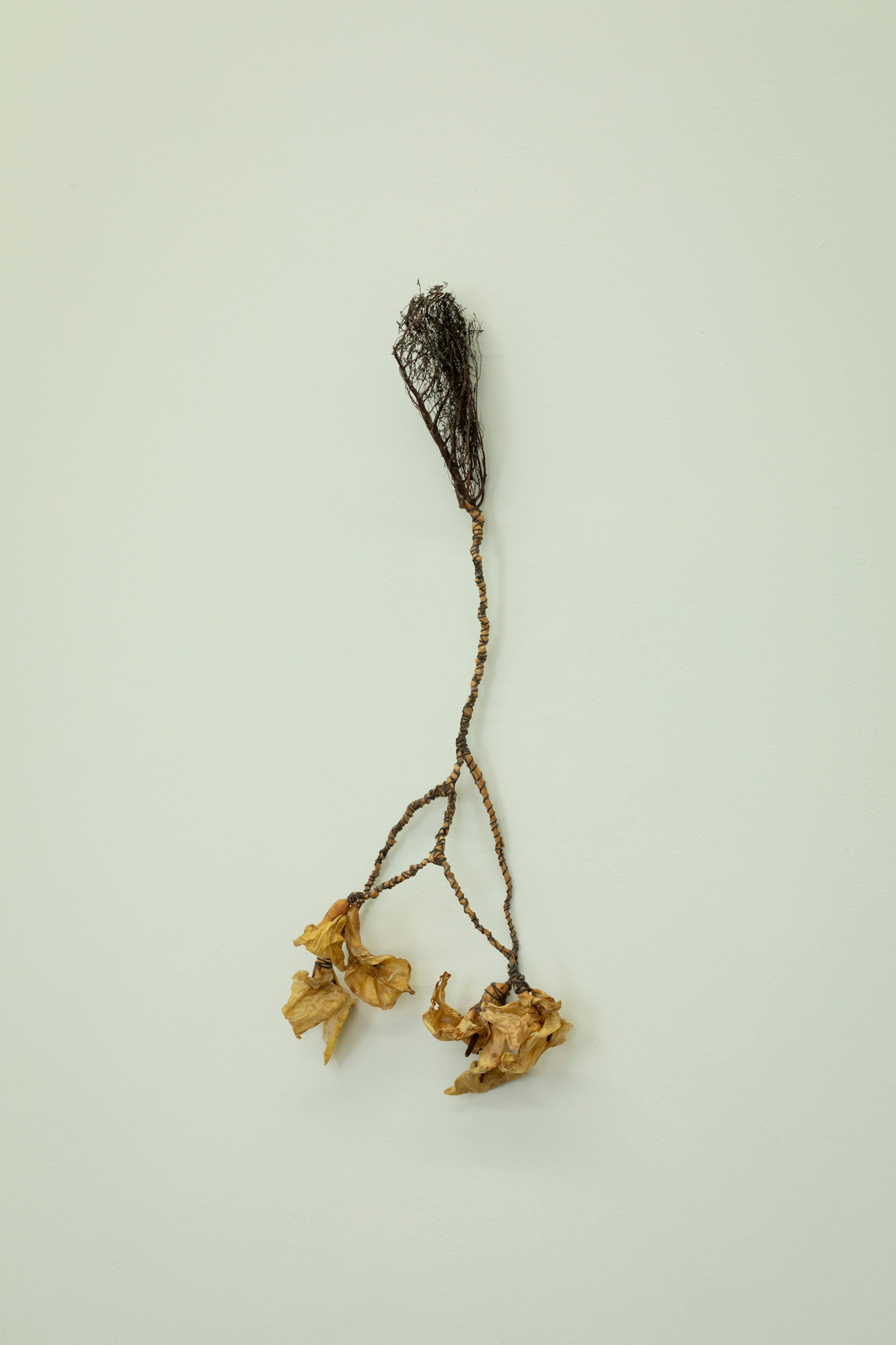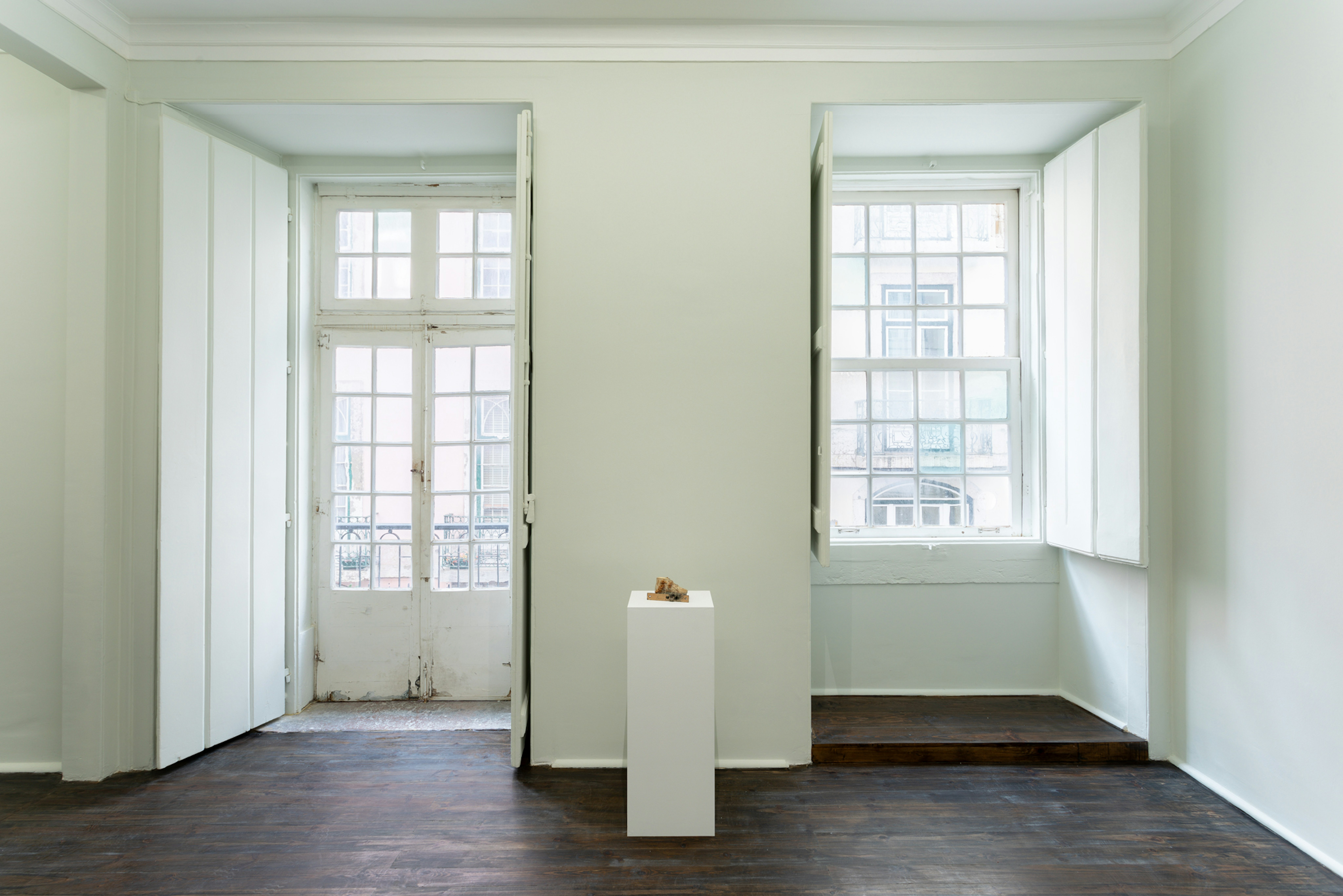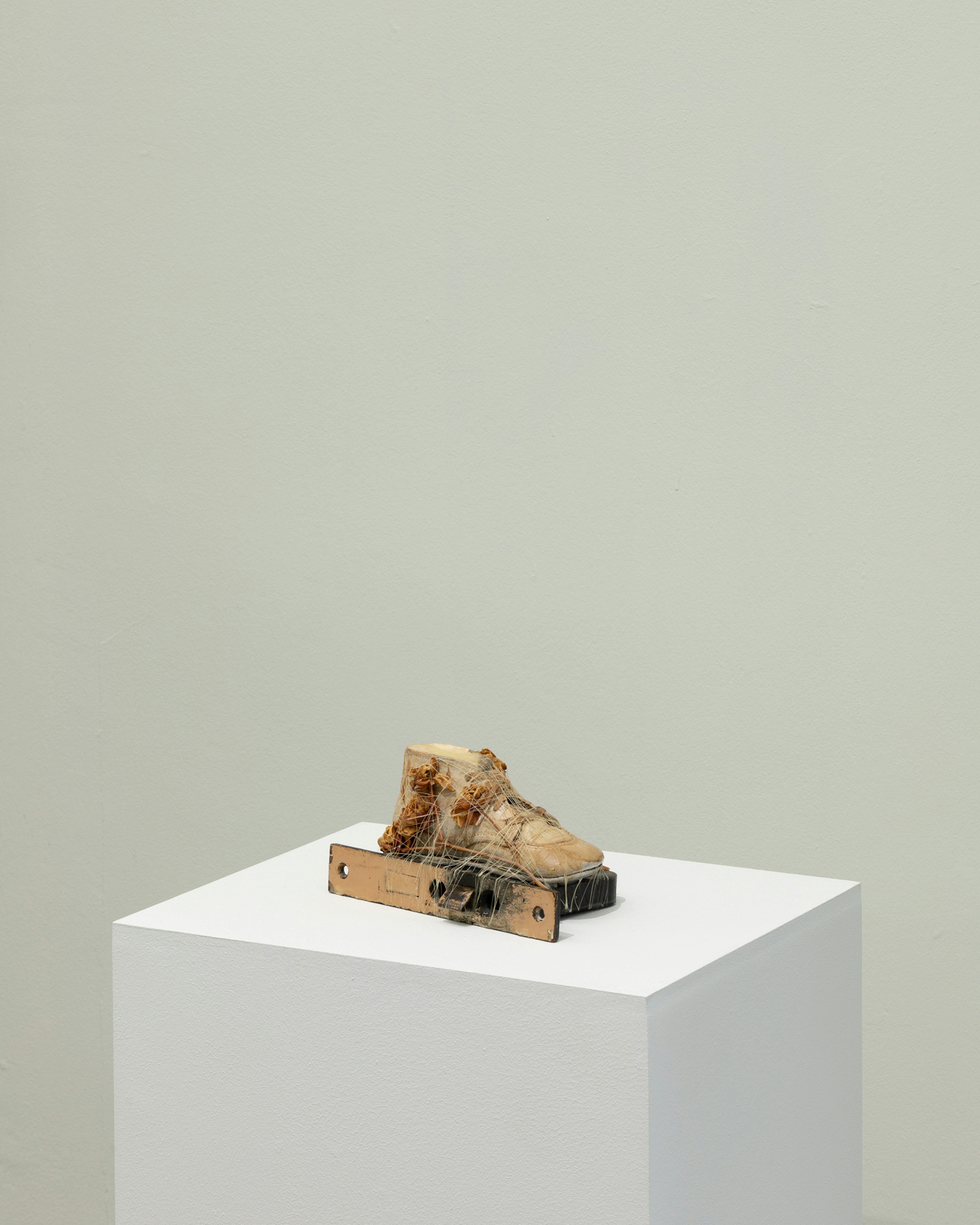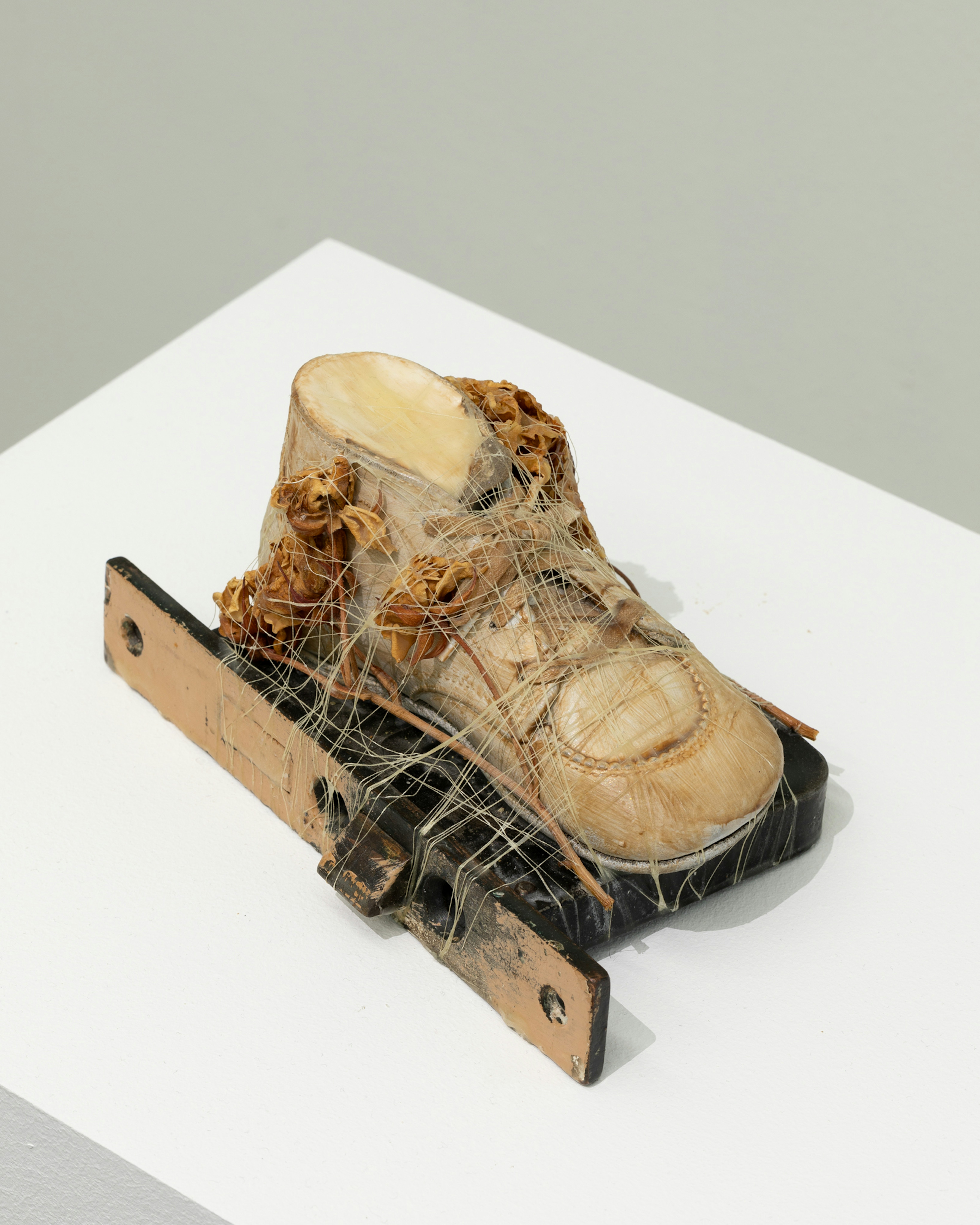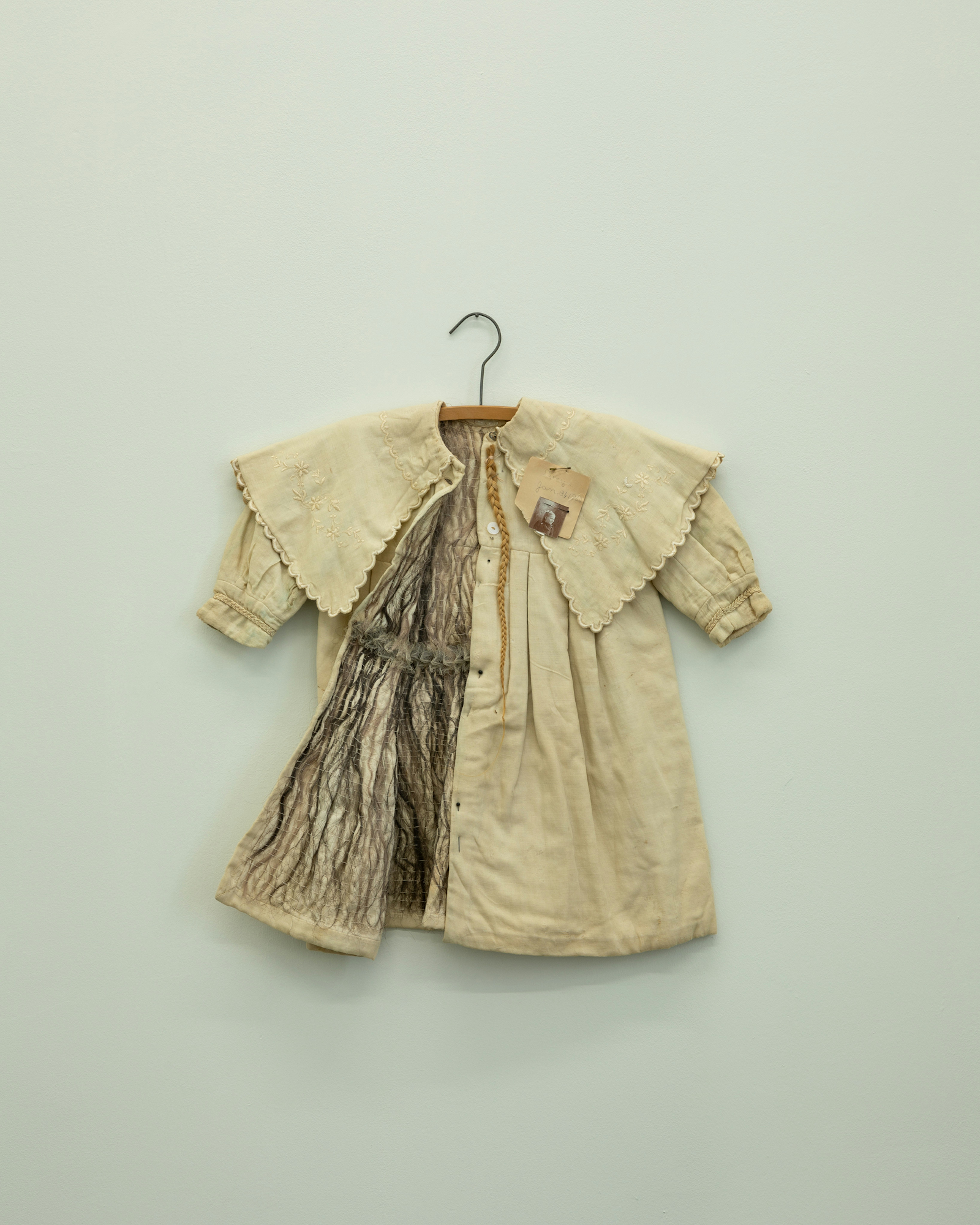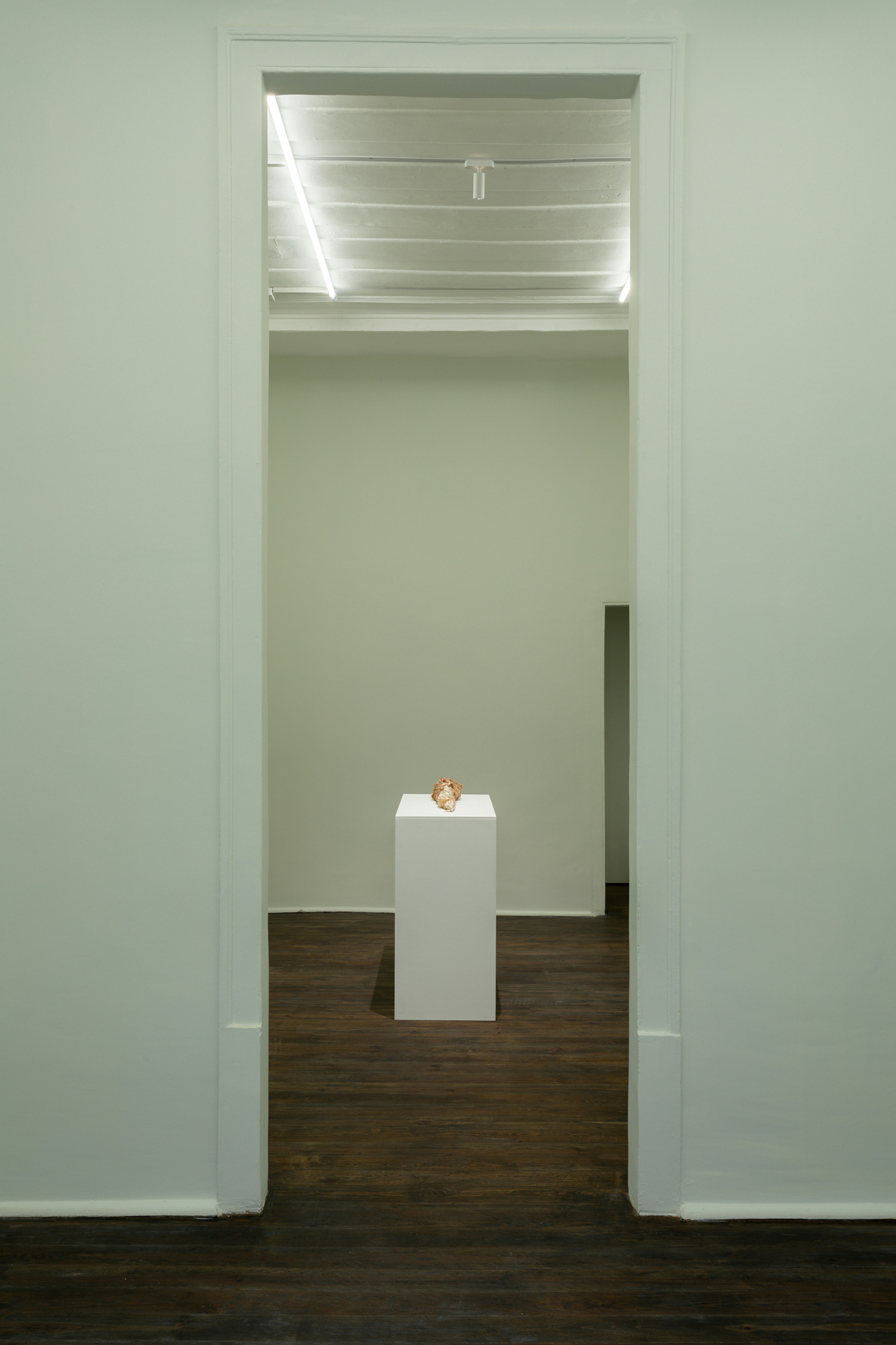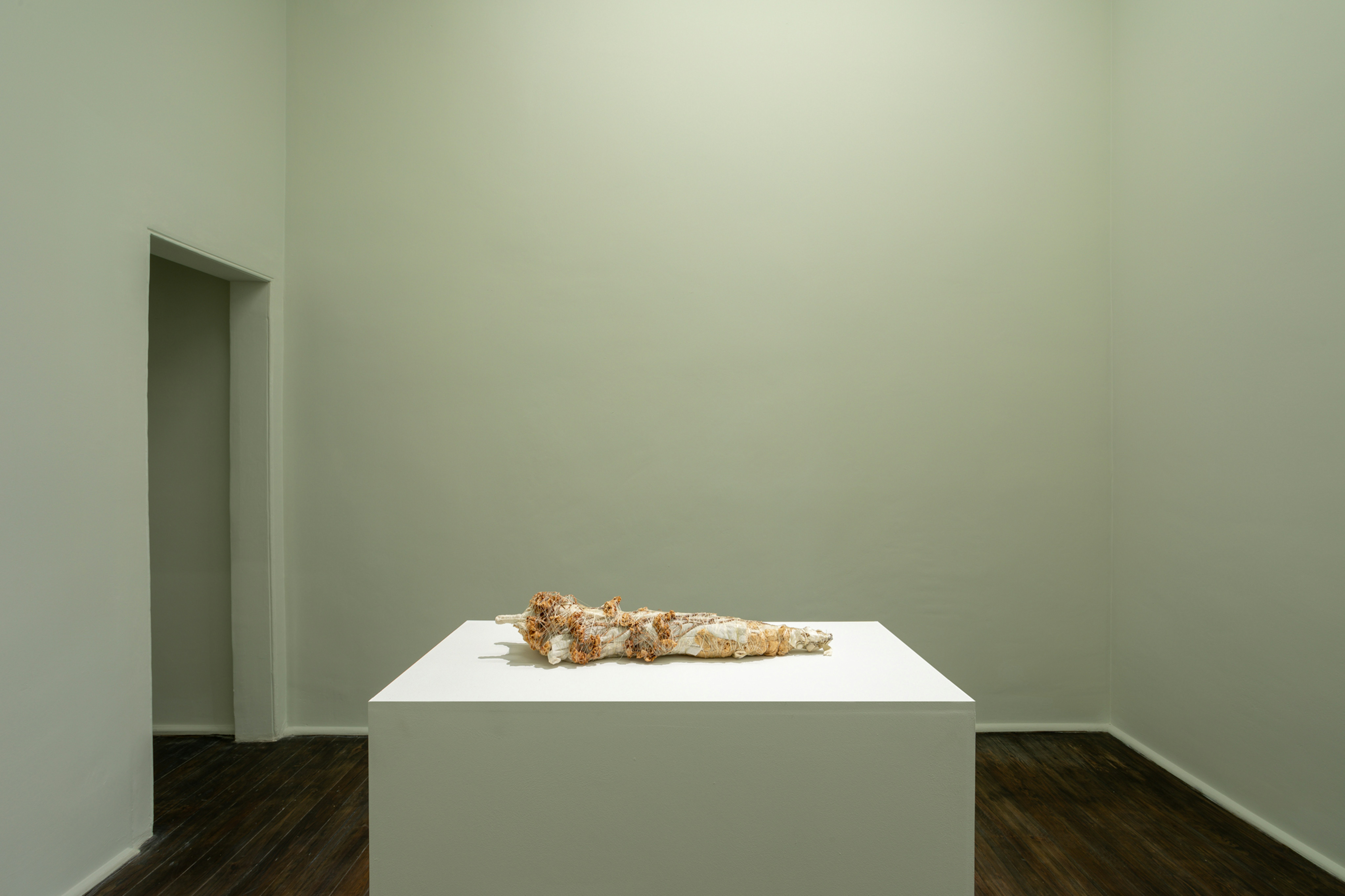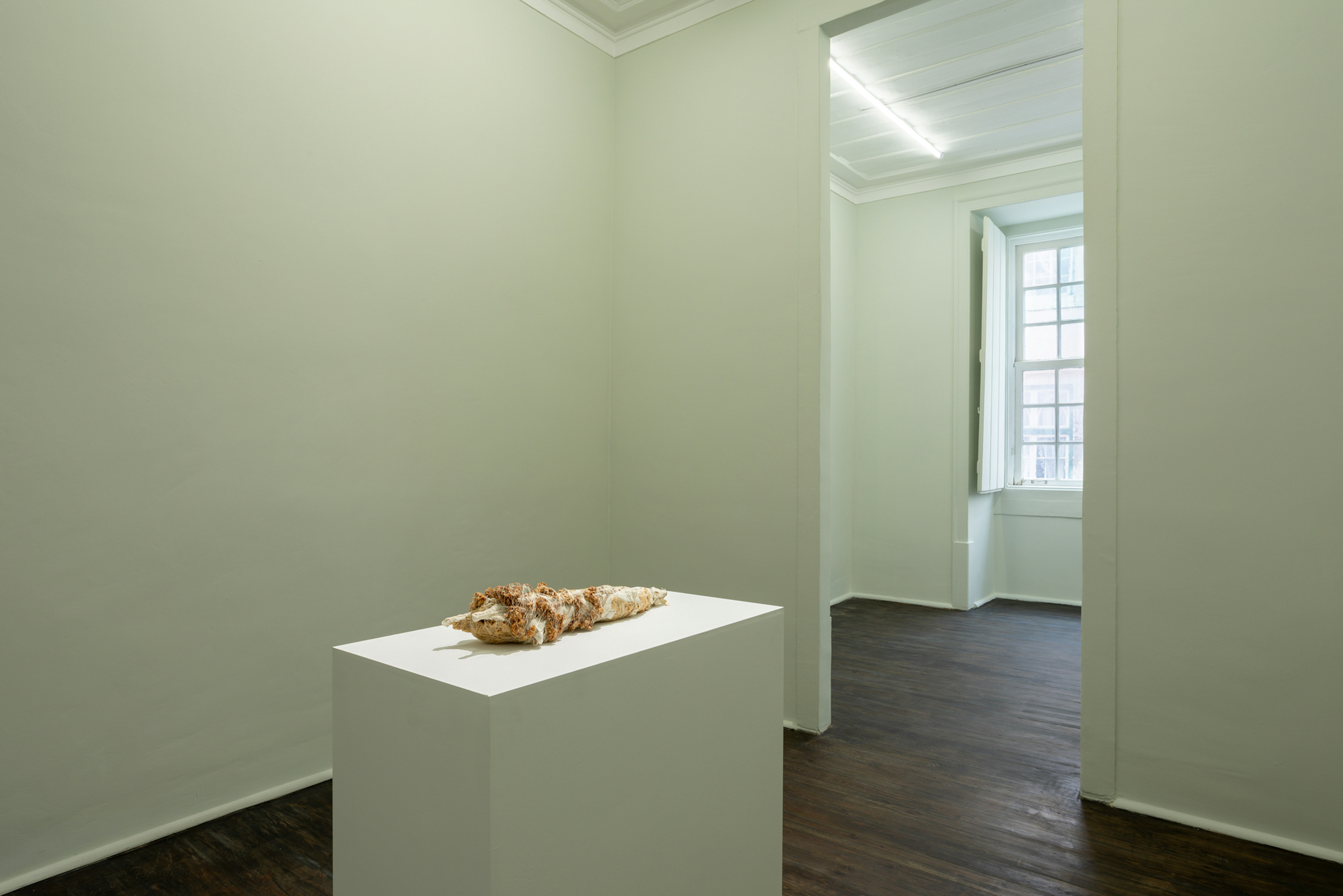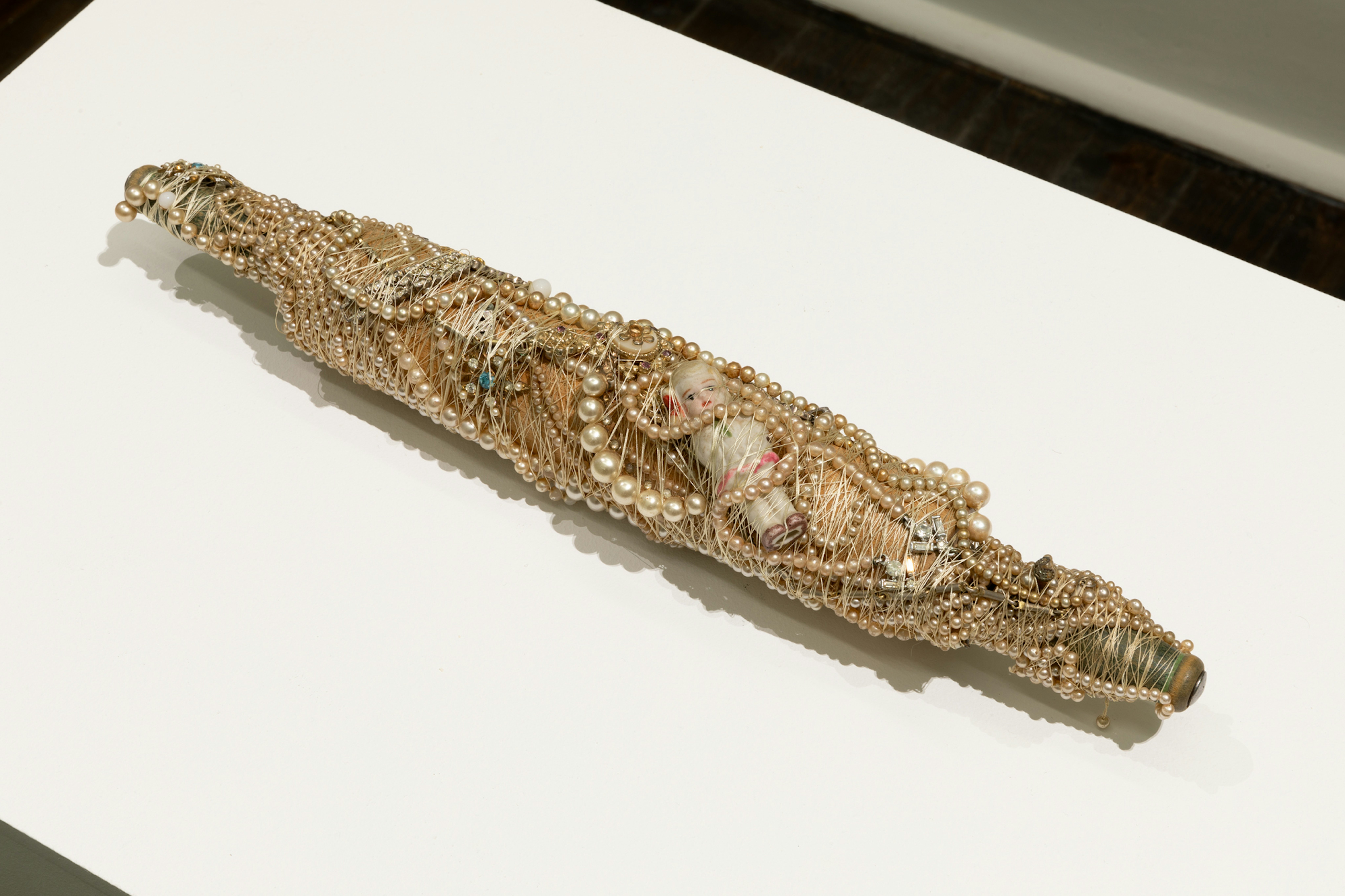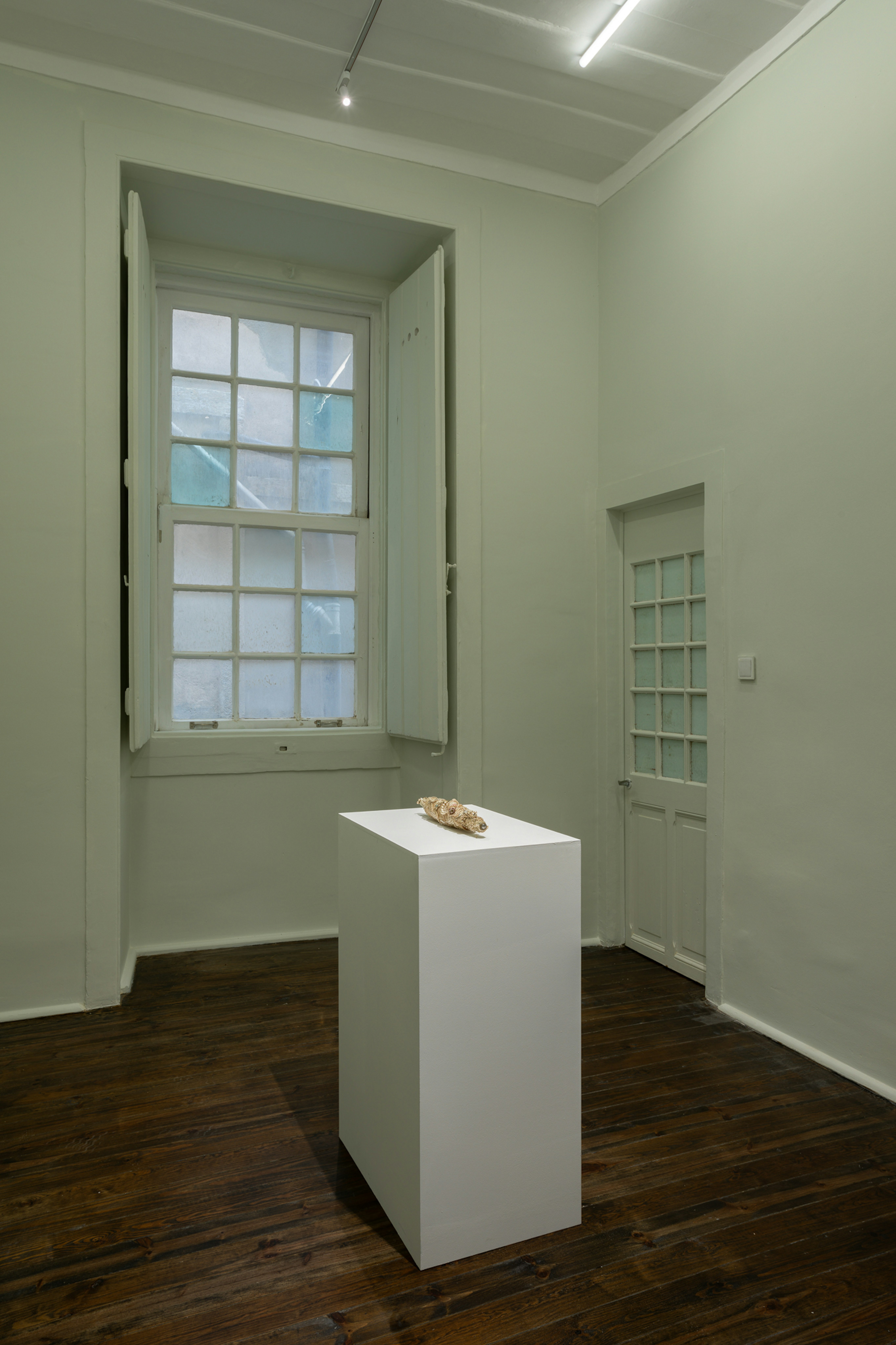ADZ
Rua do Crucifixo 28, First Floor, Lisboa
Wednesday–Saturday 11–5pm
info@adz.gallery
+351 932 989 202
Gallery Mailing List
Nancy Youdelman
Lucy’s Coat and Other Mysteries
Upon first glance, Lucy’s Coat, 1977, appears ordinary. Fanned open invitingly, as if shrugged off by a young girl playing elsewhere, a singular disembodied, blonde plait running down its central pane invites further inquiry. Looking closer still, the coat reveals an inner lining of thinly spaced, grey, human hair. A photograph of a child, dated January 31st 1900 and named Lucy, is pinned to its lapel, heavy with speculative weight.
Nancy Youdelman subverts received ideas of identity by centering objects in her work, exploring the self as something which is materially, socially, and symbolically inscribed. Taking found objects - from dresses, hats, and shoes, to buttons, pins, letters, and photographs - the artist’s sculptures create fictive portraits of characters unmet, with deft and nurturing touch. Exploring nostalgia, caesura, memory, and acts of care, the works build on Judith Butler’s conception of gender as something one does, rather than one is.
An original member of the Feminist art movement, Youdelman began her career in the early 1970s when she was one of a handful of students first taught by the renowned Judy Chicago, as part of the Feminist Art Programme at Fresno State University in 1970. Having previously studied costume design, Youdelman went on to contribute to the collaborative installation project Womanhouse (1972), a project organised by Chicago and Miriam Schaprio, and intended, in the words of art historian Linda Nochlin, to ‘help women [...] build their art making out of their experiences as women." Here, the artists centred craft-based practices and mediums traditionally marginalised within the art historical canon to subvert ideas of value, hierarchy, and tradition.
Indeed, Youdelman’s works belie soft questions about the shifting space occupied by women, their place, their roles, and their presentation from childhood to motherhood. Many of the works yield symbolic potency through shades of juxtaposition, apposition, and parity. In Long Line Bra with Dried Roses and Dress Patterns, 2014, the work explores ideas of embodiment through the artist’s use of underwear, implied soft fleshiness rendered crinkled and bound, but also syncretic shades of life - the tightly swaddled bundle acting as a cipher for both birth - a swaddled baby - and death, an embalmed body. So too does Orphan, 2004, which pairs found letters from a child at an orphanage to her mother, woven together with fine roots from plants upon a child’s dress. Here, the roots both unite and divide, binding the piece tightly together but metaphorically denoting the sadness of a child uprooted from their home, latently probing ideas of absence, place, and belonging.
Speaking about her work, Nancy Youdelman recalls Edith Wharton’s 1905 novel, ‘The House of Mirth’. Towards the end of the book, Lily Bart, the book’s well-born but impoverished protagonist, rifles through a trunk filled with opulent dresses and accessories, heirlooms of a past life. Running her hands through the items laid out on her bed, ‘an association lurked in every fold: each fall of lace and gleam of embroidery was like a letter in the record of her past’. In the same way, Youdelman's works become an exercise in not only memory and history, but also projection and substitution: insentient portraits, surrogate selves.
Lydia Earthy
